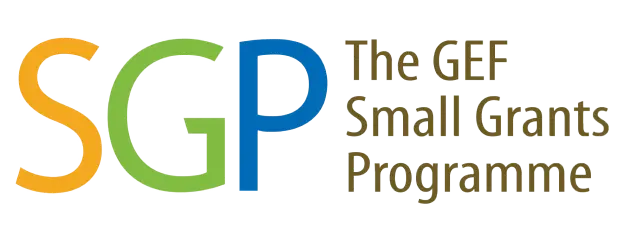Akar Embun Indonesia Foundation
INS/SGP/OP6/Y2/STAR/BD/19/049
PROJECT IMPLEMENTATION DESCRIPTION
One of the issues raised by GEF SGP Indonesia is the preservation of mangrove forests in coastal areas of small islands, specifically on Kaledupa Island, Wakatobi Regency. In addition to the reason that there are not many programs utilizing mangroves as food products in eastern Indonesia (especially Kaledupa and Wakatobi), Akar Embun chose this theme for mangrove preservation strategy by approaching processed food products from mangroves and establishing sustainable 'Coastal Learning Groups'. The extensive coverage of mangrove forests along the coast of Kaledupa, especially in the villages of Horuo and Mantigola, also strengthens our rationale for choosing this theme as an intervention program conducted over a period of twelve months, from April 2019 to March 2020.

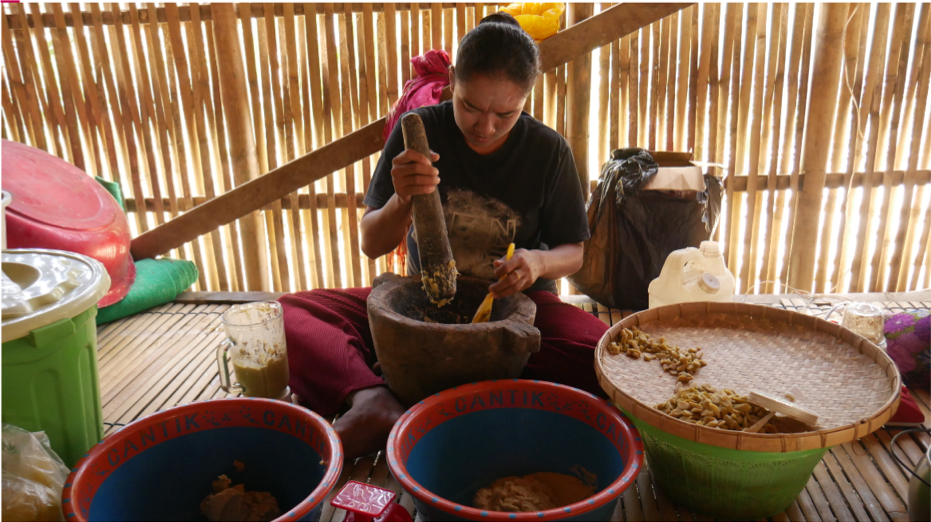
Photo 1 and 2: The process of processing mangrove fruits of the Bruguiera Gymnorrhiza species (known as Lindur or Tancang) into mangrove snack sticks and mangrove flour by the Saompu Group. Before entering this step, the mangrove fruits, traditionally harvested by Saompu, are boiled and soaked for two days and two nights until the toxins are removed and ready for processing.
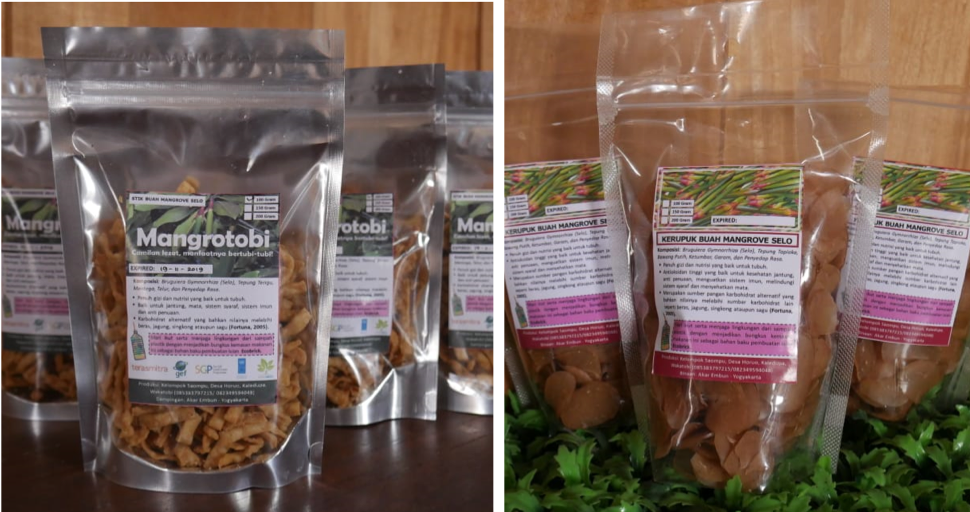
Photo 3: Mangrotobi products in the form of mangrove sticks and crackers created by the Saompu Group.
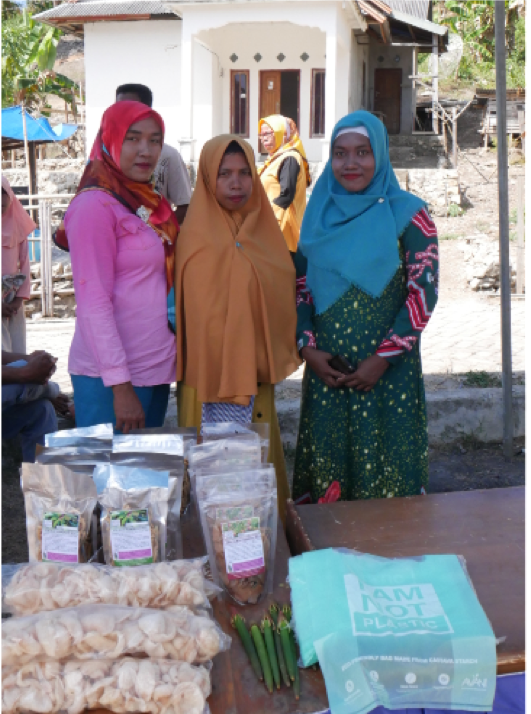
Photo 4: Not only producing, but Saompu also strives to market its products at traditional events such as the Barata Kahedupa Festival 2019 and Wakatobi Wave 2019. Promotional activities and product distribution are part of a series of management training provided by Akar Embun.
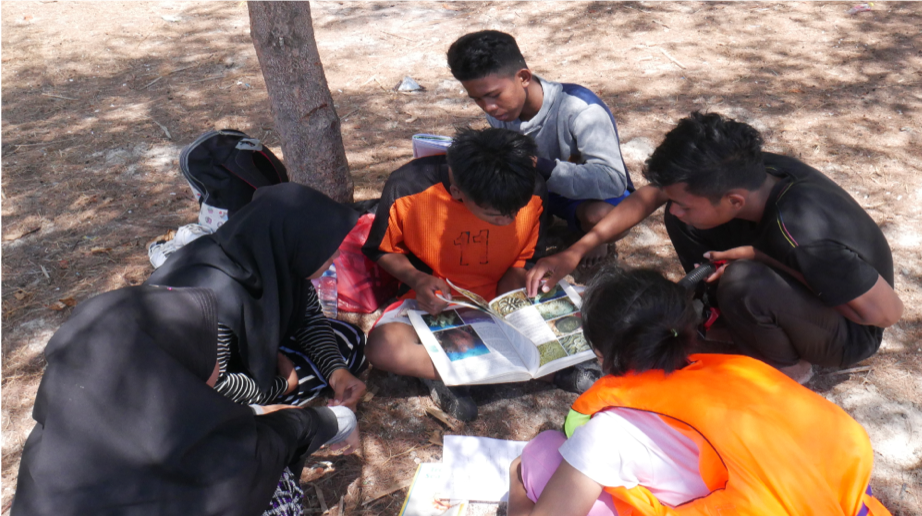
Photo 5: In addition to sociopreneurship, the Akar Embun program also focuses on contextual education, especially for coastal children of the Bajo Tribe. Once a week, children are invited to learn while playing about the environment where they live.
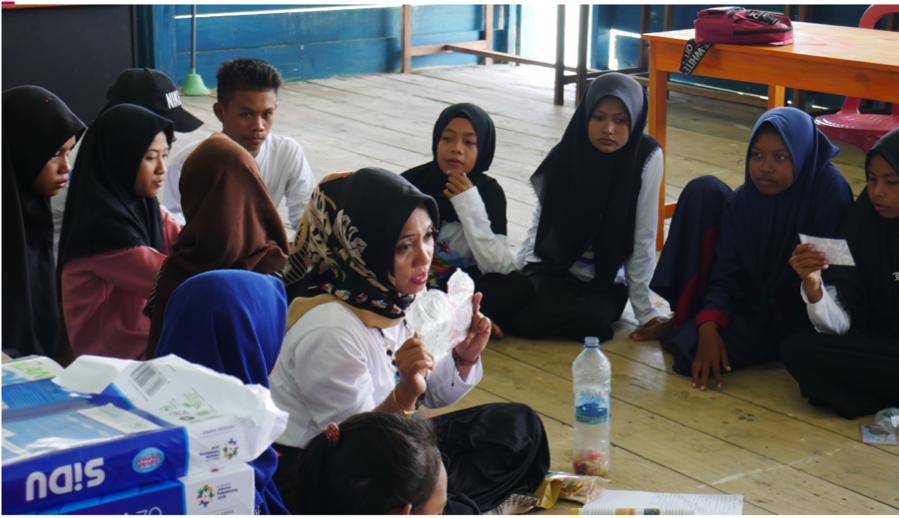
Photo 6: Ms. Zarima, one of the KBP facilitators, is explaining the various types of waste and how to process them into ecobricks to the KBP participants and students of SMP Ambeua who visited Mantigola.
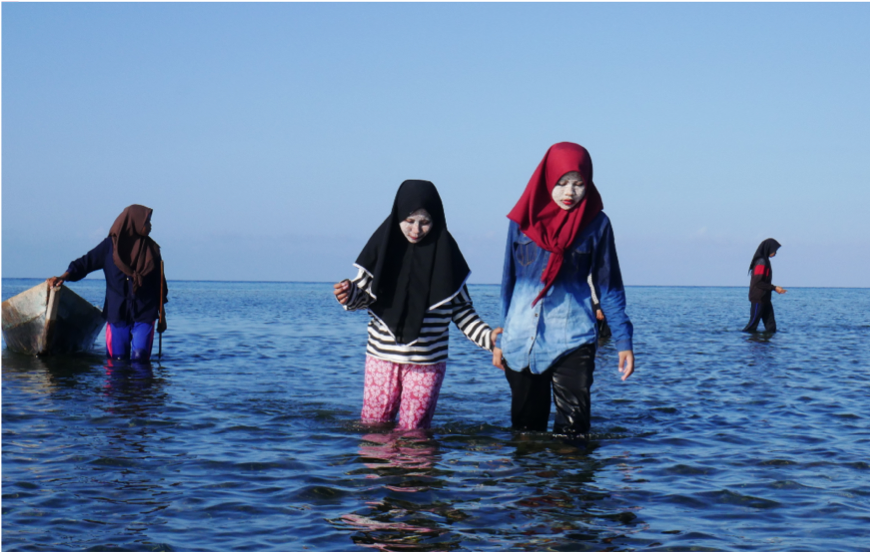
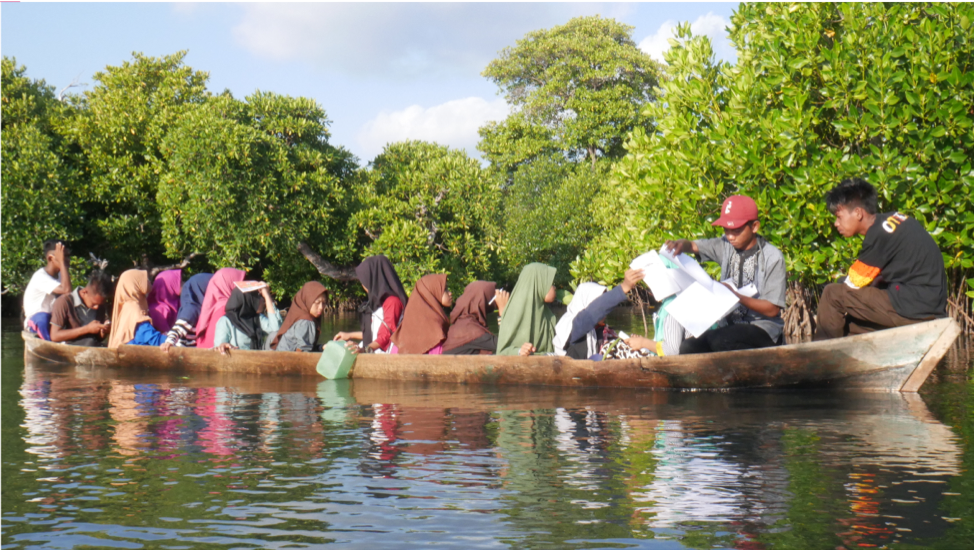
Photo 7 and 8: The KBP activities are not only conducted at the Mantigola Traditional House; children are also taken to explore the seagrass meadows and mangrove forests. They are given group tasks, then present their findings and discuss with other groups.
PROJECT OUTCOMES
- Identified ecosystems and two types of mangroves that can be consumed, namely Bruguiera Gymnorrhiza / lindur and Avicennia Sp. / Api-api. From the eleven sampua / boat landing places, in the Horuo forest area, approximately ± 10,560 fruits can be produced every season.
- There is a verbal agreement among stakeholders involved regarding the utilization of mangroves to become processed food products.
- The formation of a community-based group actively involved in the utilization, preservation, and processing of mangroves. The group consists of ten women from Horuo Village.
- Empowerment of Community Support Groups through capacity building activities aimed at enhancing human resources for the production and marketing of processed mangrove food products.
- Producing four processed mangrove products ready for sale as a form of social entrepreneurship.
- Socializing the results of processed mangrove products twice.
- Increased sales productivity through processed mangrove products promotion.
- Agreement among stakeholders involved in informal marine and environmental education activities with a coastal theme.
- Efforts to transfer environmental knowledge and local wisdom to the younger generation in Horuo and Mantigola.
- Implementation of engaging and creative active learning media.
- Capacity development of two educators.
- Plastic waste reduction in the coastal area Horuo village and Mantigola.
Monitoring and Evaluation Report
PROJECT IMPACT
- Increased public awareness regarding the issues raised and implemented. The community is becoming more aware that mangroves can be processed into delicious and nutritious food alternatives.
- There is no significant impact in community welfare, but the welfare of the Saompu group itself has improved along with their increased productivity.
- The increase in the capacity of local institutions (such as community groups, cooperatives, farmer groups, etc.) did not have a significant impact on the implementation of this program.
- Information exchange and collaboration with other institutions were established, but not all ran smoothly. The relationship with FORKANI as the host tended to be negative due to lack of support during our time in the field. However, we had a good relationship with government agencies, such as the Wakatobi National Park Office.
- Government policies in this program did not have an impact on government policies. Perhaps with our program, it provided a different discourse to the government for the design of activities in the coming years.
- Increased collaboration with other related institutions. Akar Embun collaborates with Wakatobi Dive Trip, BTNW, Maimo (souvenir shop), and KLHK.
- There is an improvement in the quality of natural resources. The mangrove forest in the Horuo area, under the supervision of the Saompu group is maintained.
BEST EXPERIENCE
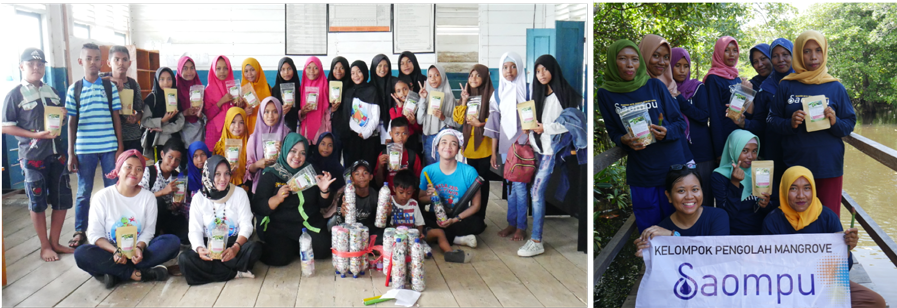
Photo 9 & 10: Community assistance is not as easy as imagined. Many unpredictable factors can affect the progress of the program or hinder it. Differences in social, cultural, and economic backgrounds create their own complexities. How we address these issues cannot be found solely in books but through direct engagement with the community.
PROJECT SUSTAINABILITY
- The program is handed over to the community to become self-sufficient, especially for the Saompu group. With training in production and management, it is hoped that Saompu can produce products and manage finances smoothly. Although no longer facilitating, Akar Embun remains open to consultation from Saompu regarding products and management.
- The KBP program, Akar Embun intends to create a cultural and educational tourism package for the Bajo and Wakatobi communities called 'Travolunteer'.
- The Coastal Learning Group program will be replicated in other coastal areas so that coastal children will love the environment more and participate in its preservation.
Media and Publications
The Coastal Learning Group of Bajo Mantigola.
The Mangrove Processing Group of Saompu.
